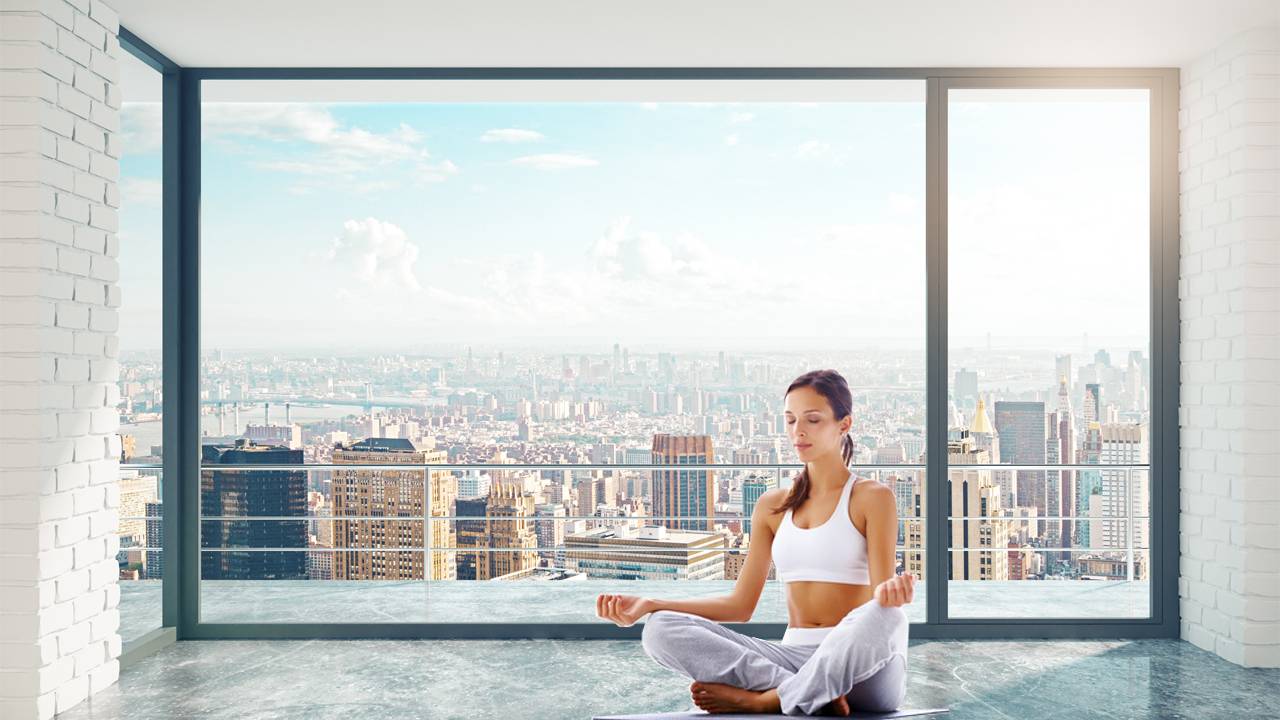

Articles
How To Soundproof A Balcony
Modified: October 28, 2024
Learn how to soundproof your balcony with these informative articles. Discover effective tips and techniques to reduce noise and create a peaceful outdoor space.
(Many of the links in this article redirect to a specific reviewed product. Your purchase of these products through affiliate links helps to generate commission for Storables.com, at no extra cost. Learn more)
Introduction
Welcome to the ultimate guide on how to soundproof a balcony! If you’re tired of being disturbed by noisy neighbors, traffic sounds, or other external noises while trying to enjoy the serenity of your balcony, you’ve come to the right place. In this comprehensive article, we will explore various methods and techniques to effectively soundproof your balcony, allowing you to create a peaceful and tranquil outdoor space.
Having a comfortable and quiet balcony is a valuable asset, especially if you live in a bustling city or near a busy street. Whether you use your balcony for relaxation, entertaining guests, or simply as an extension of your living space, the last thing you want is to be constantly bombarded by unwanted noise.
While it may seem like a challenging task, soundproofing your balcony is not as complicated as it may initially appear. By following the tips and techniques outlined in this guide, you can significantly reduce the amount of noise that enters your balcony, creating a peaceful retreat where you can unwind and enjoy the outdoors without any disturbances.
Before we dive into the different methods of soundproofing a balcony, it’s important to assess the noise issue and understand the sources of the noise. This will help you determine the most effective soundproofing solutions for your specific situation. Additionally, it’s essential to choose the right soundproofing materials that will provide optimal results.
So, let’s begin this journey of transforming your noisy balcony into a quiet haven where you can escape the hustle and bustle of the outside world. Get ready to discover the secrets of soundproofing your balcony and reclaiming the tranquility you deserve!
Key Takeaways:
- Transform your noisy balcony into a peaceful retreat by strategically assessing noise sources, choosing the right soundproofing materials, and implementing a combination of techniques to minimize noise infiltration.
- Enhance the acoustic insulation of your balcony by sealing gaps and cracks, installing soundproofing curtains or blinds, and incorporating additional tips such as rearranging furniture and using outdoor rugs to create a tranquil outdoor sanctuary.
Read more: How To Soundproof Floor
Assessing the Noise Issue
Before you start soundproofing your balcony, it’s crucial to assess the noise issue and identify the sources of the noise. This step is necessary to determine the most effective soundproofing solutions for your specific situation. Here are some key factors to consider:
1. Noise Sources: Take note of the primary sources of noise that are affecting your balcony. This could include traffic noise, nearby construction sites, neighbors’ voices, or any other external factors. Understanding the specific sources will help you tailor your soundproofing efforts accordingly.
2. Noise Levels: Measure the noise levels using a decibel meter or a smartphone app. This will provide you with a baseline to compare the effectiveness of your soundproofing efforts later on. It’s important to note that different noise sources can have varying noise levels, so it’s essential to measure the noise at different times of the day to get an accurate representation.
3. Path of Noise Transmission: Determine how the noise is entering your balcony area. Is it primarily coming through the floor, walls, or ceiling? This will help you prioritize your soundproofing efforts and focus on the areas that require the most attention.
4. Building Structure: Evaluate the construction of your balcony and the overall building structure. Assess the materials used, insulation, and any potential gaps or openings that may be allowing noise to enter. This will help you identify potential weak points that need to be addressed during the soundproofing process.
5. Personal Preferences: Consider your personal preferences regarding the level of noise isolation you desire. Some individuals may want complete silence, while others may prefer a certain level of ambient noise. Understanding your preferences will guide you in selecting the appropriate soundproofing methods.
6. Budget and Time: Determine your budget and the amount of time you’re willing to invest in soundproofing your balcony. This will help you choose the most suitable soundproofing materials and techniques that align with your financial resources and time constraints.
By carefully assessing these factors, you’ll be able to effectively plan your balcony soundproofing project and choose the most appropriate solutions to address your specific noise issues. So, grab a pen and paper, start noting down the key noise sources and factors, and let’s move on to the next step: choosing the right soundproofing materials.
Choosing the Right Soundproofing Materials
When it comes to soundproofing your balcony, selecting the right materials is essential for achieving optimal results. There are various soundproofing materials available in the market, each with its own unique properties and benefits. Here are some options to consider:
1. Acoustic Panels: Acoustic panels are designed to absorb and reduce noise reflections, making them an excellent choice for soundproofing balcony walls. These panels are available in various sizes, shapes, and materials, such as foam, fabric-wrapped panels, or wooden panels. They can be installed directly onto the walls, providing both aesthetic appeal and effective noise reduction.
2. Mass Loaded Vinyl (MLV): Mass loaded vinyl is a dense, flexible material that acts as a barrier to sound transmission. It is often used for soundproofing floors, walls, and ceilings. MLV can be easily installed by attaching it to the existing surfaces or incorporating it into composite materials.
3. Soundproof Curtains or Blinds: Soundproof curtains or blinds are an affordable and easy-to-install solution for reducing noise from entering your balcony. They are made of dense, sound-absorbing materials, such as multiple layers of fabric or specialized soundproofing materials. These curtains can be hung on balcony walls or windows, providing both sound insulation and privacy.
4. Green Glue Compound: Green Glue is a popular soundproofing compound that is applied between layers of drywall or plywood. The compound converts sound energy into heat energy, effectively reducing noise transmission. It is ideal for soundproofing balcony walls and ceilings.
5. Sealing Materials: To prevent noise leaks and air gaps, it’s important to seal any cracks, gaps, or openings in your balcony. Use materials like weatherstripping tape, caulk, or acoustic sealants to seal gaps around windows, doors, and any other areas vulnerable to noise infiltration.
6. Insulation Materials: Insulating your balcony can help reduce both noise and temperature fluctuations. Consider using insulation materials, such as fiberglass or mineral wool, to insulate the walls, floors, and ceilings. Insulation provides an additional barrier to noise transmission.
Before choosing any soundproofing material, it’s important to assess the specific requirements of your balcony and consult with professionals if needed. Factors such as the level of noise reduction required, ease of installation, durability, and budget should all be taken into account when making your decision.
Remember, combining multiple soundproofing materials and techniques can yield even better results. So, don’t be afraid to mix and match different materials to achieve the desired level of soundproofing for your balcony. Now that you’ve chosen the right materials, let’s move on to the practical steps of soundproofing your balcony floor.
Soundproofing the Balcony Floor
The floor of your balcony is one of the primary areas where noise can easily enter your outdoor space. By soundproofing the balcony floor, you can significantly reduce the impact of noise transmission. Here are some effective methods to soundproof your balcony floor:
1. Carpeting or Rugs: Covering the balcony floor with dense carpets or rugs can help absorb and dampen the impact of noise. Opt for carpets with thick padding underneath for better sound absorption. Additionally, choose materials that are suitable for outdoor use to ensure durability.
2. Interlocking Floor Tiles: Install interlocking floor tiles made of rubber or foam to create a cushioned layer on the balcony floor. These tiles not only provide sound insulation but also offer added comfort and protection.
3. Underlayment: Use soundproofing underlayment materials underneath the flooring surface to attenuate the impact of noise. Options like cork, rubber, or acoustic matting can help reduce sound transmission through the floor.
4. Floating Floor: Consider installing a floating floor system, which creates an additional barrier between the existing floor and the sound transmission. This involves installing a layer of soundproofing material, such as MLV or acoustic matting, followed by the new flooring surface.
5. Resilient Channel: If the balcony has a solid concrete floor, attaching resilient channels to the ceiling can help reduce the noise transmission from above. The channels create a gap between the existing ceiling and the new soundproofed ceiling, reducing sound vibrations.
6. Fill Gaps and Cracks: Inspect the balcony floor for any gaps, cracks, or openings that may allow noise to seep through. Seal these gaps with appropriate materials such as caulk or acoustic sealant to ensure a soundproof barrier.
Remember, the combination of different soundproofing techniques can provide maximum noise reduction. Consider using a combination of carpeting, underlayment, and resilient channels for better results. It’s also important to carefully follow the manufacturer’s instructions while installing any soundproofing materials.
By soundproofing your balcony floor, you can create a quieter and more comfortable outdoor space that allows you to enjoy the serenity without being bothered by external noise. Now that your balcony floor is soundproofed, let’s move on to soundproofing the balcony walls.
Soundproofing the Balcony Walls
Soundproofing the walls of your balcony is another important step in reducing noise transmission and creating a peaceful outdoor oasis. Here are some effective methods to soundproof your balcony walls:
1. Acoustic Panels: Install acoustic panels on the walls of your balcony to absorb and reduce noise reflections. These panels come in various materials, sizes, and designs, allowing you to customize the look and feel of your outdoor space while effectively reducing noise.
2. Mass Loaded Vinyl (MLV) Sheets: Attach MLV sheets to the walls as a barrier to sound transmission. This dense and flexible material effectively blocks noise from entering or leaving the balcony area.
3. Green Glue Compound: Apply Green Glue compound between layers of drywall or plywood to reduce the transfer of sound vibrations through the walls. This compound converts sound energy into heat energy, minimizing noise transmission.
4. Double Drywall/ Plywood: Increase the density and thickness of your balcony walls by installing an additional layer of drywall or plywood. This added mass helps to reduce noise penetration and improves sound insulation.
5. Insulation: Fill the wall cavities with soundproof insulation, such as fiberglass or mineral wool. These materials help absorb sound waves and reduce noise transmission through the walls.
6. Soundproof Wallpaper: Consider using soundproof wallpaper on your balcony walls. These specialized wallpapers have sound-absorbing properties and can help to reduce noise reflections.
7. Seal Gaps and Openings: Inspect the walls for any gaps, cracks, or openings that may allow noise to seep through. Seal these gaps with acoustic sealants or weatherstripping tape to create an airtight seal.
Combining multiple soundproofing methods is recommended for maximum noise reduction. Consider using a combination of acoustic panels, MLV sheets, and insulation to achieve the desired level of soundproofing for your balcony walls.
While implementing these soundproofing techniques, it’s important to consider the aesthetics of your balcony. Ensure that the chosen soundproofing materials blend harmoniously with the overall design of your outdoor space.
With your balcony walls soundproofed, you’re one step closer to creating a peaceful retreat. Next, let’s discuss soundproofing the balcony ceiling to further enhance the acoustic insulation of your outdoor space.
Consider using soundproofing materials such as acoustic panels, weatherstripping, and heavy curtains to reduce noise transmission on your balcony. Additionally, adding plants and outdoor rugs can help absorb sound and create a more peaceful environment.
Read more: How To Soundproof A Closet
Soundproofing the Balcony Ceiling
Soundproofing the ceiling of your balcony is crucial to prevent noise from entering your outdoor space, especially if you have neighbors living above you. Here are some effective methods to soundproof your balcony ceiling:
1. Acoustic Tiles or Panels: Install acoustic tiles or panels on the ceiling to absorb and reduce noise reflections. These specialized tiles are designed to enhance sound absorption and minimize noise transmission.
2. Mass Loaded Vinyl (MLV) Sheets: Hang MLV sheets on the ceiling as an effective sound barrier. The dense and flexible MLV material blocks and absorbs sound vibrations, limiting noise penetration into your balcony.
3. Resilient Sound Clips: Install resilient sound clips on the ceiling to isolate it from the structure above. These clips create a gap between the existing ceiling and the new soundproofed ceiling, reducing the transmission of noise and vibrations.
4. Green Glue Compound: Apply Green Glue compound between layers of drywall or plywood on the ceiling to enhance soundproofing. This compound converts sound energy into heat energy, improving noise reduction.
5. Fiberglass Insulation: Fill the ceiling cavities with fiberglass insulation to absorb sound waves and reduce noise transmission. Make sure to properly seal any gaps or spaces to maximize the effectiveness of the insulation.
6. Soundproofing Paint: Consider using soundproofing paint on the ceiling. These specialized paints contain sound-absorbing components that can help reduce noise reflections and enhance soundproofing.
7. Seal Gaps and Cracks: Inspect the ceiling for any gaps, cracks, or openings that may allow noise to seep through. Use acoustic sealants or caulk to seal these gaps and create airtight barriers against noise infiltration.
Applying a combination of these soundproofing techniques will provide optimal noise reduction and create a tranquil environment in your balcony. Keep in mind that the choice of materials and techniques may vary depending on the structure and design of your balcony ceiling.
Lastly, don’t forget to consider the visual aspect of your balcony ceiling. Ensure that the chosen soundproofing materials and methods blend seamlessly with the overall aesthetic of your outdoor space.
With your balcony ceiling soundproofed, you can now relax and enjoy a quiet and peaceful ambience in your outdoor sanctuary. Let’s move on to the next step: sealing gaps and cracks in the balcony to further enhance the soundproofing.
Sealing Gaps and Cracks
Sealing gaps and cracks in your balcony is a crucial step in achieving effective soundproofing. These small openings can allow noise to infiltrate your outdoor space, undermining your efforts to create a peaceful and quiet environment. Here’s how you can seal gaps and cracks to enhance your balcony’s soundproofing:
1. Weatherstripping Tape: Weatherstripping tape is an easy and cost-effective solution to seal gaps around windows, doors, and any other areas where noise may leak through. Apply the tape to the edges and frames to create an airtight seal.
2. Acoustic Sealant: Acoustic sealants are specially designed to fill gaps and cracks in walls, ceilings, and floors. Apply the sealant to any visible openings or joints to create a soundproof seal.
3. Caulk: Caulk is another versatile sealing material that can be used to fill gaps and cracks. Ensure that you choose a caulk that is suitable for outdoor use and compatible with the materials in your balcony.
4. Foam Sealant: Foam sealant is ideal for sealing larger gaps and irregular shapes. The expanding foam fills the gaps and provides an effective barrier against noise infiltration.
5. Door and Window Sweep: Install door sweeps and window seals to seal gaps between the door or window and the frame. These strips prevent noise from entering through the gaps and provide thermal insulation as an added benefit.
6. Insulation Materials: Insulation materials such as fiberglass or mineral wool can be used to fill larger gaps in walls or ceilings. These materials not only provide soundproofing but also help to insulate the balcony from temperature fluctuations.
7. Inspect for Hidden Gaps: Carefully examine your balcony for any hidden gaps or cracks that may be allowing noise to enter. Check for gaps around electrical outlets, light fixtures, and vents, and seal them using appropriate sealing materials.
By sealing gaps and cracks, you can significantly reduce noise leakage and enhance the overall soundproofing of your balcony. Remember to closely inspect your balcony for any potential openings and use the appropriate sealing method for each specific area.
Now that your balcony is properly sealed, let’s explore an additional soundproofing option: installing soundproof curtains or blinds.
Installing Soundproofing Curtains or Blinds
Installing soundproofing curtains or blinds on your balcony can provide an additional layer of noise reduction and privacy. These specialized window coverings are designed to absorb and block sound waves, helping to create a quieter and more serene outdoor space. Here’s how you can effectively install soundproofing curtains or blinds:
1. Measure and Choose the Right Size: Measure the dimensions of your balcony windows or sliding doors accurately. Ensure that you choose curtains or blinds that are wide enough to cover the entire window or door opening for maximum soundproofing.
2. Select Soundproofing Materials: Look for curtains or blinds made of dense and heavy fabrics, such as velvet or suede, as they are effective in absorbing and blocking sound. You can also opt for specialized soundproofing curtains that have multiple layers or include sound-absorbing materials.
3. Install Curtain Rods or Blinds: Install sturdy curtain rods or blinds brackets above your balcony windows or doors. Follow the manufacturer’s instructions to ensure proper installation and stability.
4. Hang the Curtains or Attach the Blinds: Hang the soundproofing curtains on the curtain rod or attach the soundproofing blinds to the brackets. Ensure that the curtains or blinds cover the entire window or door opening and reach the floor to maximize noise reduction.
5. Use Blackout Liners or Layers: Consider using blackout liners or adding additional layers of soundproofing fabrics behind the curtains to enhance their noise-blocking capabilities. These liners block both light and sound.
6. Seal the Edges: Make sure to seal the edges of the curtains or blinds against the window or door frames to prevent any sound leaks around the sides.
7. Regularly Clean and Maintain: Keep your soundproofing curtains or blinds clean and well-maintained to ensure their optimal performance. Follow the recommended cleaning instructions provided by the manufacturer.
Installing soundproofing curtains or blinds not only contributes to noise reduction but also adds a touch of elegance to your balcony. Enjoy the benefits of a quieter and more comfortable outdoor space with enhanced privacy.
With your curtains or blinds in place, let’s explore some additional tips for soundproofing your balcony to create the ideal acoustic environment.
Additional Tips for Balcony Soundproofing
While you have already learned about various methods and techniques to soundproof your balcony, here are some additional tips to further improve your balcony’s acoustic insulation:
1. Rearrange Furniture: Strategically arrange your balcony furniture to create a buffer between you and the source of noise. Positioning larger items, like planters or decorative elements, near the walls can help absorb and dampen sound waves.
2. Use Outdoor Rugs or Mats: Place outdoor rugs or mats on the balcony floor to add an extra layer of sound absorption. Choose rugs with thick padding or those specifically designed for noise reduction.
3. Enhance Soundproofing with Plants: Incorporate potted plants on your balcony to contribute to the soundproofing efforts. Plants not only add visual appeal but also act as natural sound absorbers.
4. Add Sound-Masking Elements: Use sound-masking techniques, such as installing a water feature or playing ambient music, to help drown out external noises and create a more calming atmosphere on your balcony.
5. Install Outdoor Speakers: Consider installing outdoor speakers on your balcony that can play soothing sounds or white noise. This can help mask unwanted noise from outside and provide a more relaxing ambiance.
6. Optimize the Furniture Layout: Experiment with different furniture arrangements to find the most effective layout that minimizes noise penetration. Placing larger items, like sofas or bookshelves, against the walls can create an additional barrier against sound.
7. Use Soundproofing Solutions for Accessories: Apply soundproofing materials, such as cork or felt pads, to the bottom of furniture legs or any other accessories that may come into contact with the balcony floor. This can help reduce vibrations and noise transmission.
8. Communicate with Neighbors: If the noise issue primarily stems from neighbors, consider having a polite conversation with them to explore possible solutions together. They may be willing to make adjustments or compromises to minimize the noise impact on your balcony.
Implementing these additional tips alongside the soundproofing methods discussed earlier will provide a comprehensive approach to creating a peaceful and quiet balcony sanctuary.
Remember that soundproofing is a process of trial and error, and it may require a combination of different techniques to achieve the desired noise reduction. Be patient, adjust accordingly, and enjoy the transformation of your balcony into a tranquil retreat.
Now that you have a range of soundproofing strategies and tips at your disposal, it’s time to start implementing them and reclaim the serenity of your balcony. Best of luck with your soundproofing project!
Read more: How To Soundproof A Shed
Conclusion
Congratulations on taking the initiative to soundproof your balcony! By following the techniques and tips outlined in this comprehensive guide, you are well on your way to creating a peaceful and serene outdoor space where you can escape the noise of the outside world.
Remember, soundproofing your balcony is a multi-step process that involves assessing the noise issue, choosing the right soundproofing materials, and implementing various methods to reduce noise transmission. By carefully considering the sources of noise, evaluating the different soundproofing materials available, and using a combination of techniques, you can significantly enhance the acoustic insulation of your balcony.
Whether you’re dealing with loud traffic sounds, noisy neighbors, or other external factors, applying soundproofing measures to your balcony floor, walls, ceiling, and windows will help minimize noise infiltration and create a more peaceful environment. Additionally, sealing gaps and cracks, using soundproofing curtains or blinds, and incorporating natural elements like plants will further enhance the soundproofing of your balcony.
Throughout the soundproofing process, remember to strike a balance between functionality and aesthetics. Choose soundproofing materials that not only provide effective noise reduction but also blend harmoniously with the overall design of your outdoor space.
As with any home improvement project, it’s important to remain patient and open to adjustments. Soundproofing may require some trial and error to achieve the desired level of noise reduction. Don’t hesitate to consult professionals if needed or seek advice from experienced soundproofing experts.
Now that you’re equipped with a plethora of soundproofing knowledge and techniques, it’s time to put them into action and transform your balcony into a sanctuary of tranquility. Unwind, relax, and enjoy the serenity of your soundproofed balcony.
Remember, the journey to soundproofing your balcony is a rewarding one. Your efforts will pay off as you create a peaceful and quiet outdoor space that allows you to fully enjoy the benefits of nature and escape the noisy distractions of the outside world. So, get started on your soundproofing adventure and reclaim the tranquility you deserve!
Now that you've tackled balcony soundproofing, why not bring more life to your outdoor spaces? Our next segment dives into transforming your deck into a vibrant hub for outdoor living. Full of colorful decor tips and clever add-ons, this piece will inspire you to make the most of your exterior setting. Perfect for enthusiasts looking to infuse style and functionality into their open-air areas, it's a must-read for anyone eager to enhance their home's outdoor appeal.
Frequently Asked Questions about How To Soundproof A Balcony
Was this page helpful?
At Storables.com, we guarantee accurate and reliable information. Our content, validated by Expert Board Contributors, is crafted following stringent Editorial Policies. We're committed to providing you with well-researched, expert-backed insights for all your informational needs.
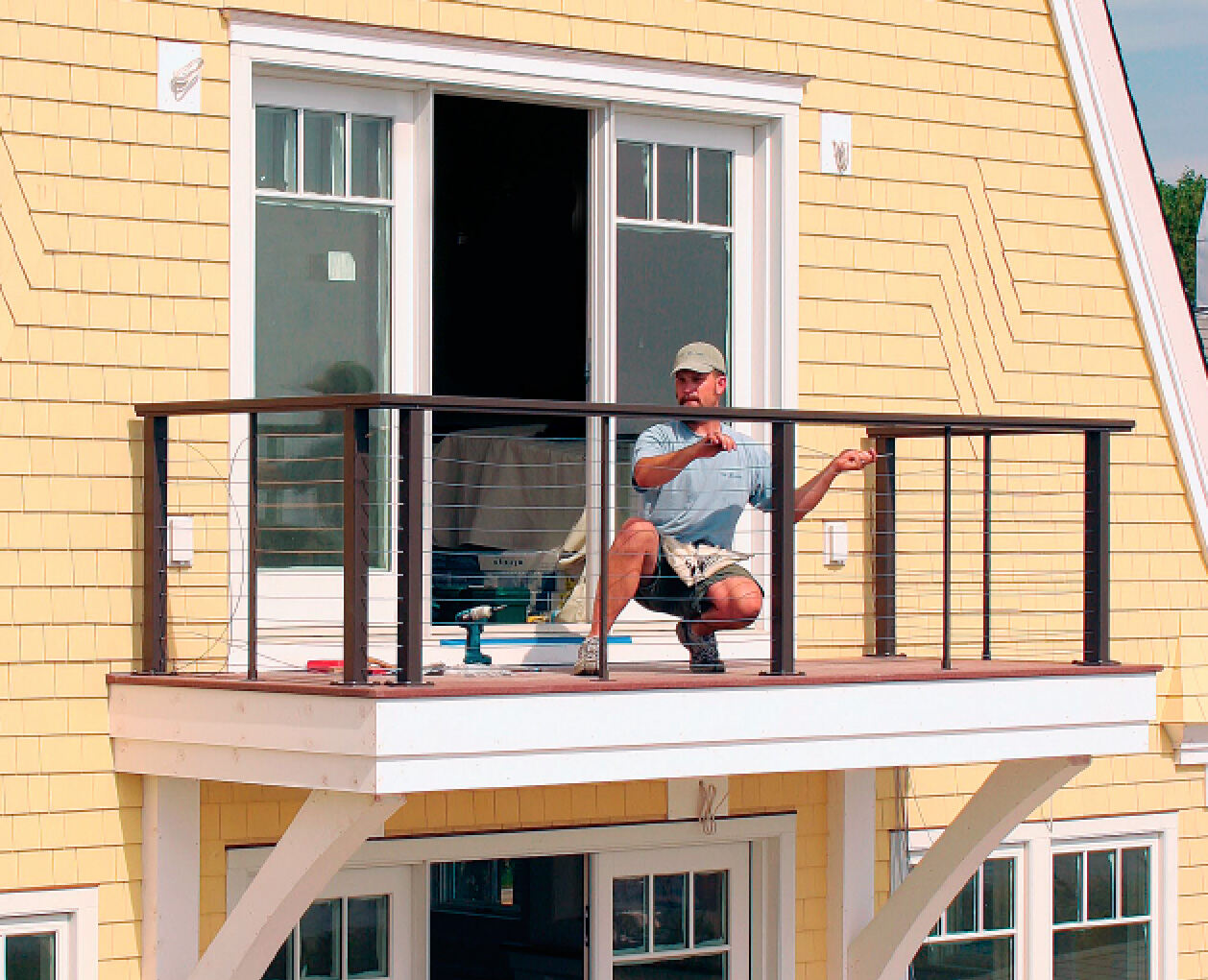
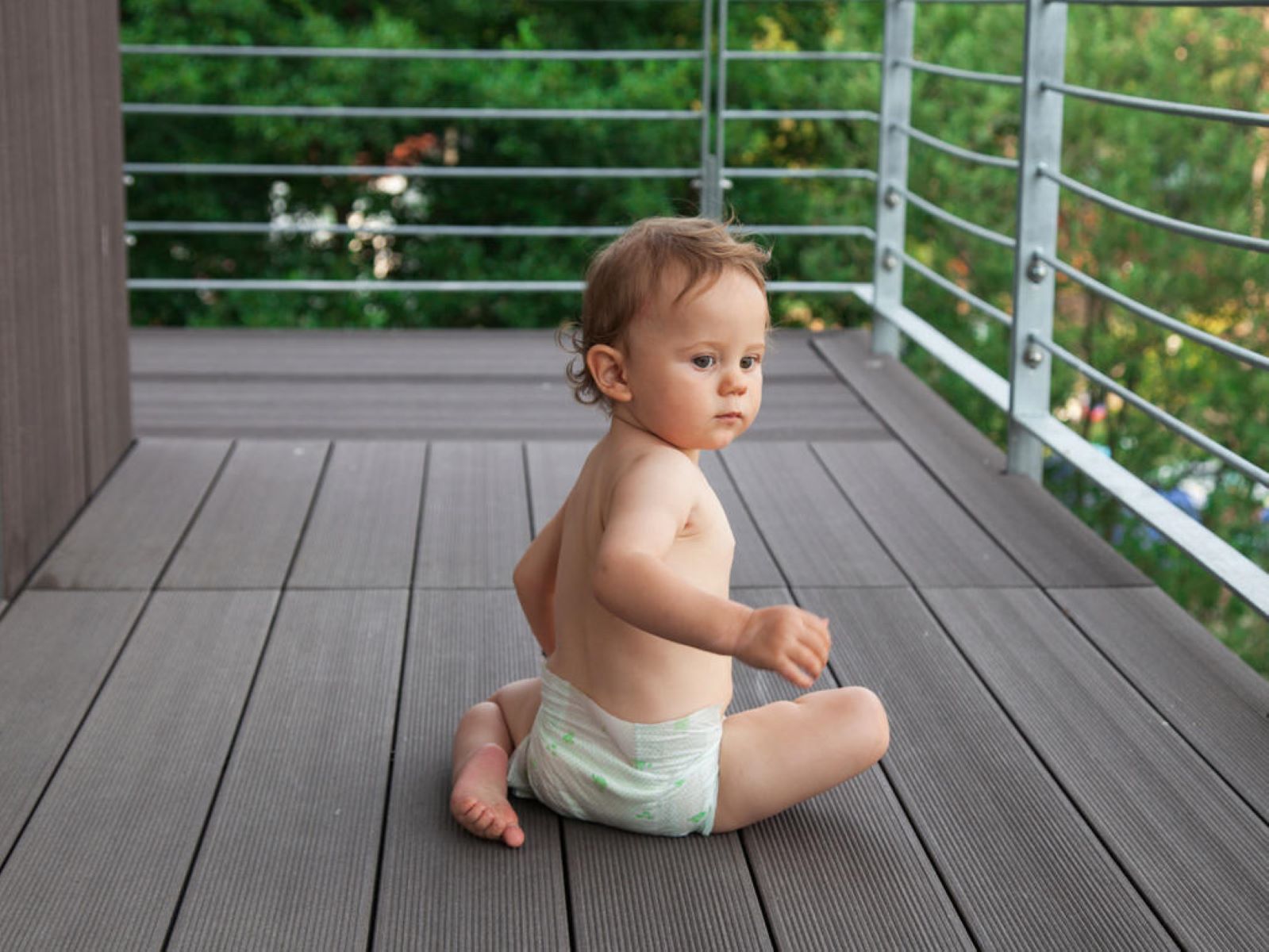
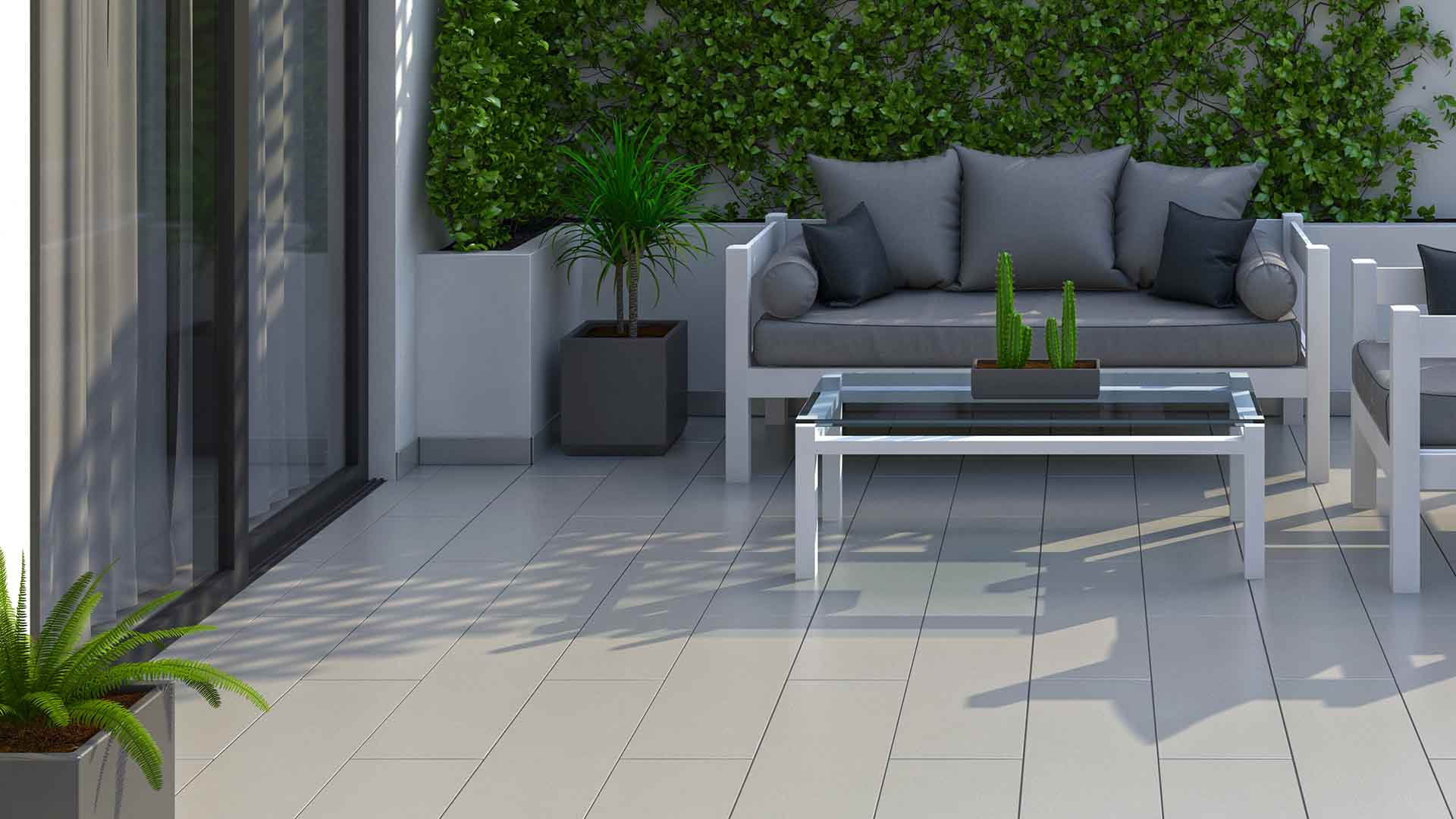
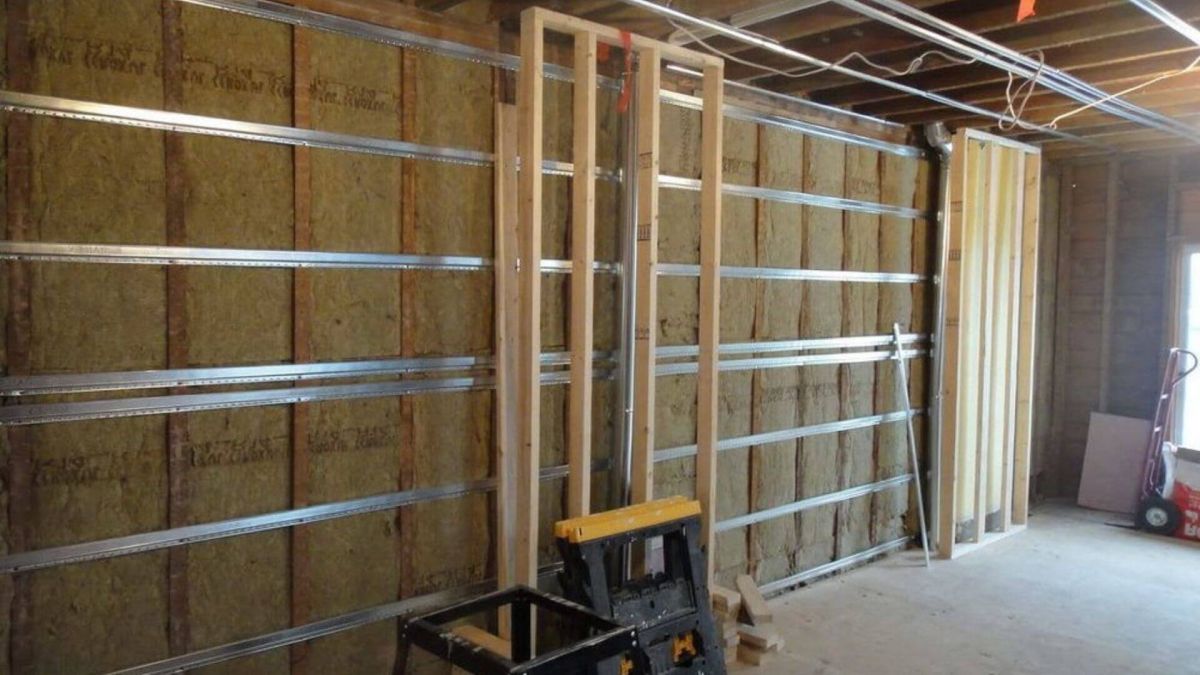
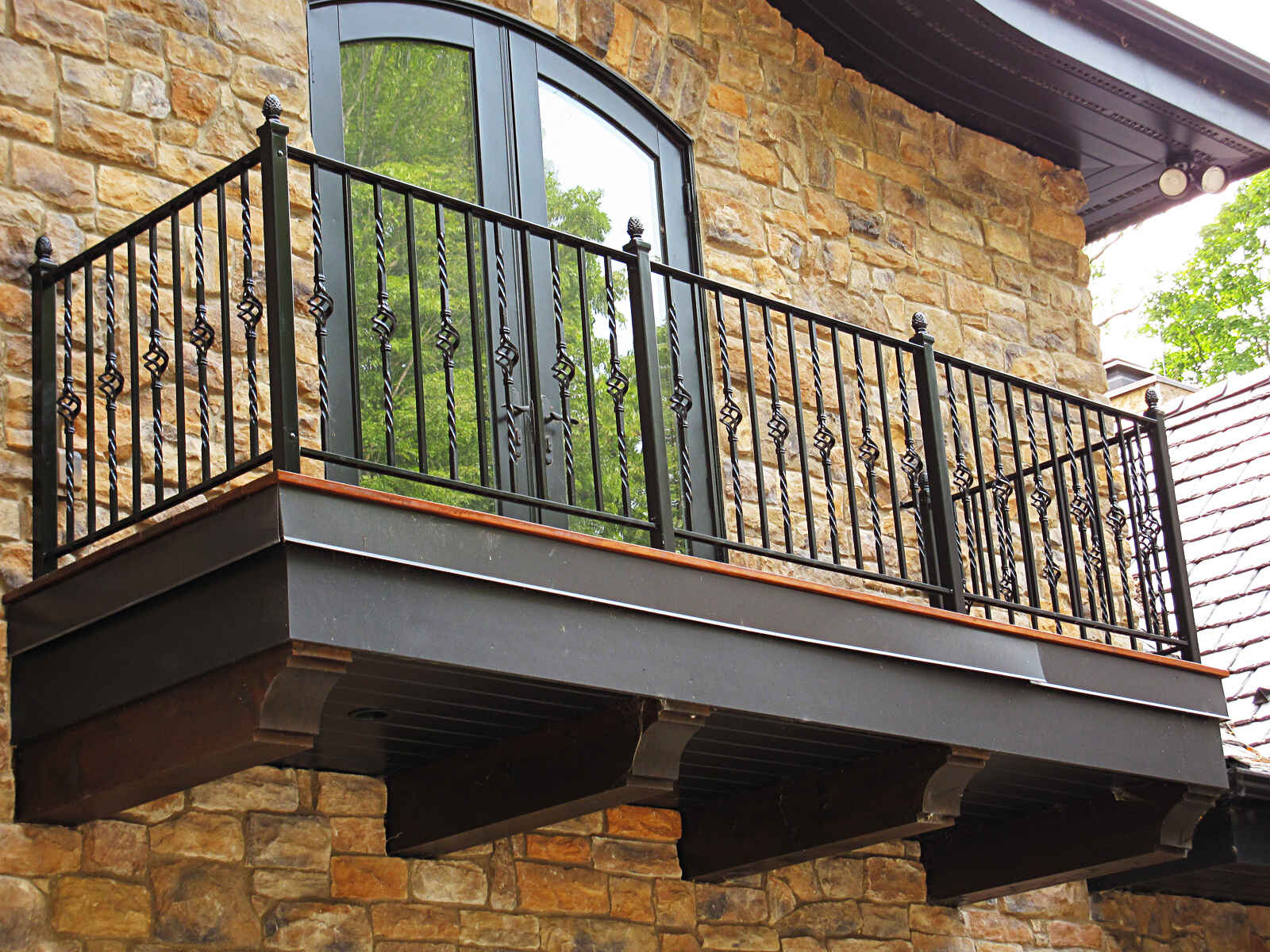
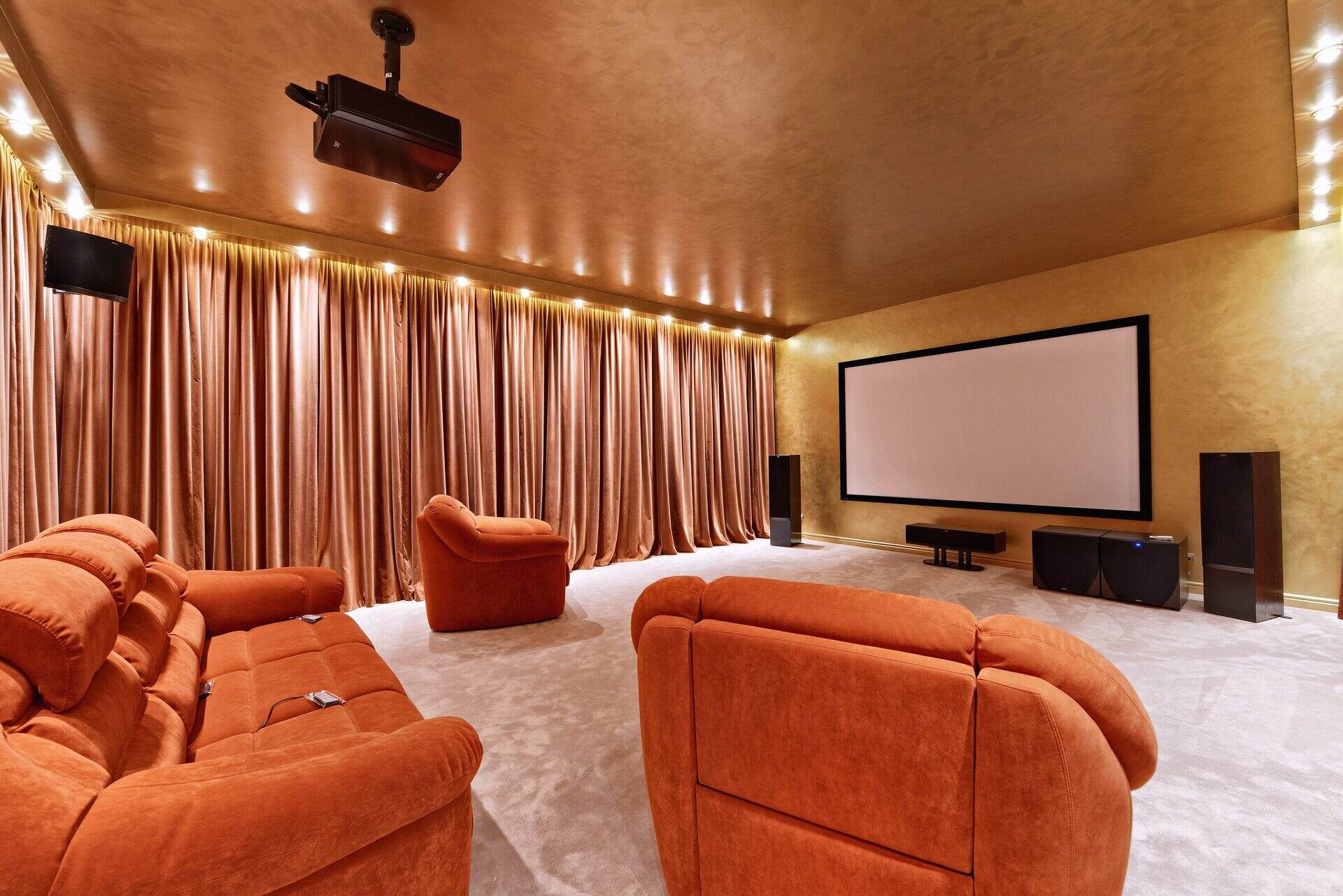
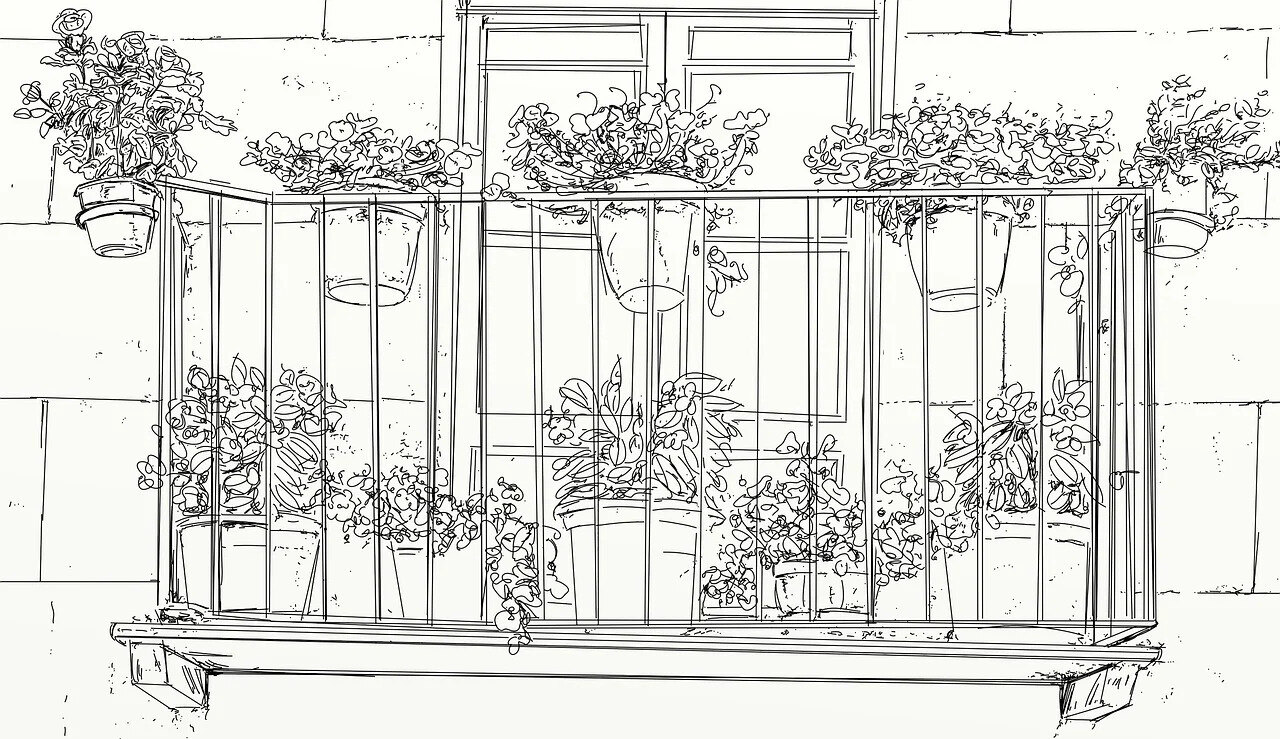

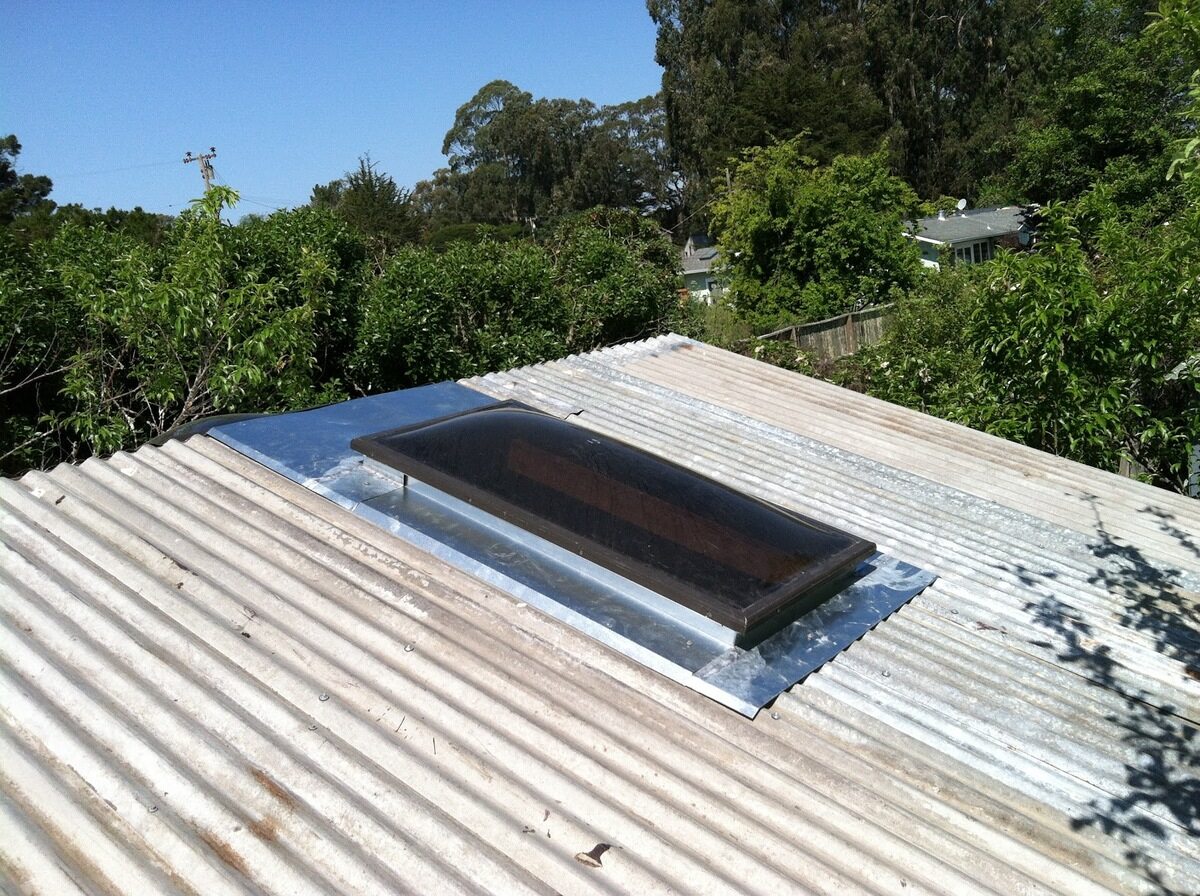
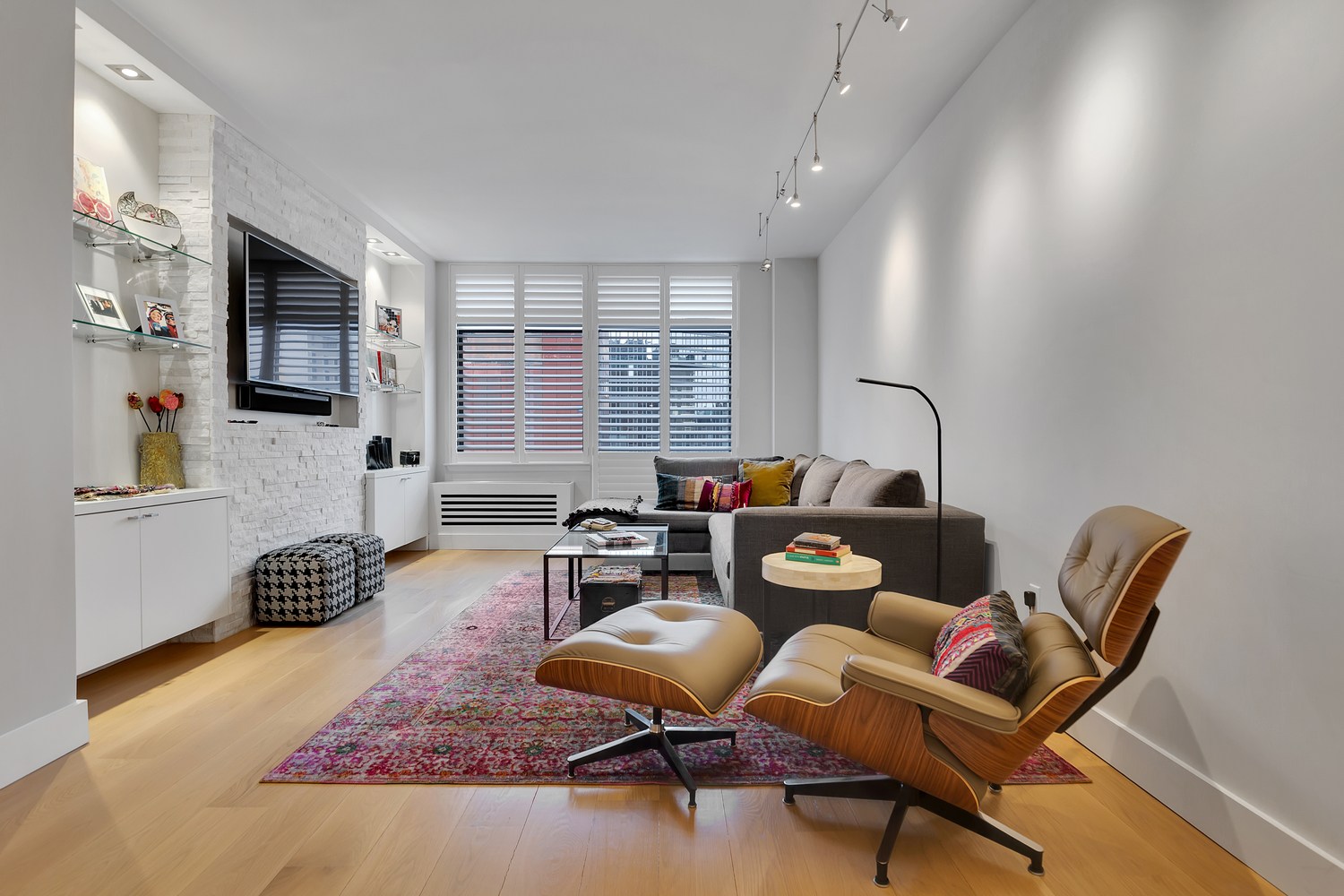
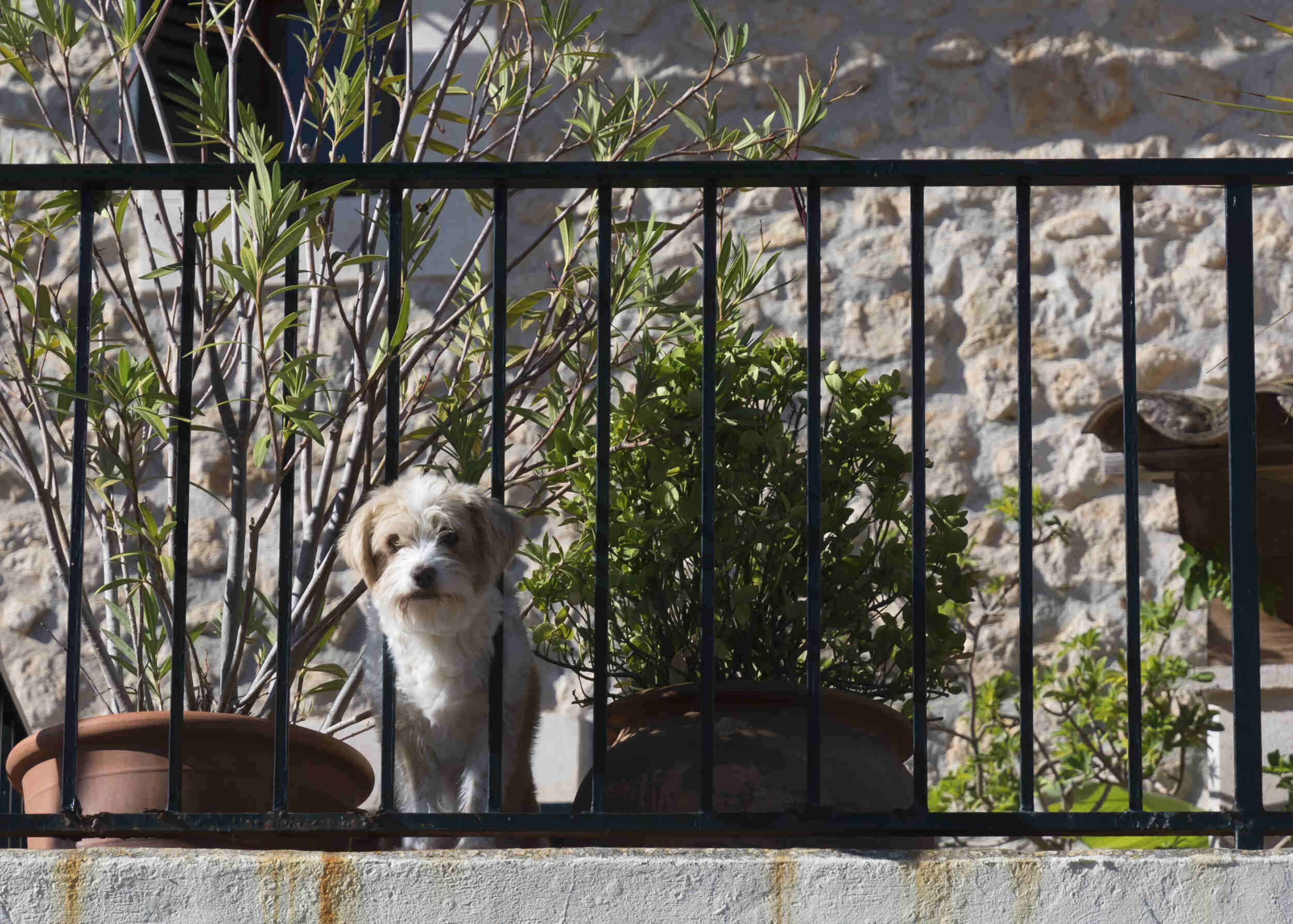
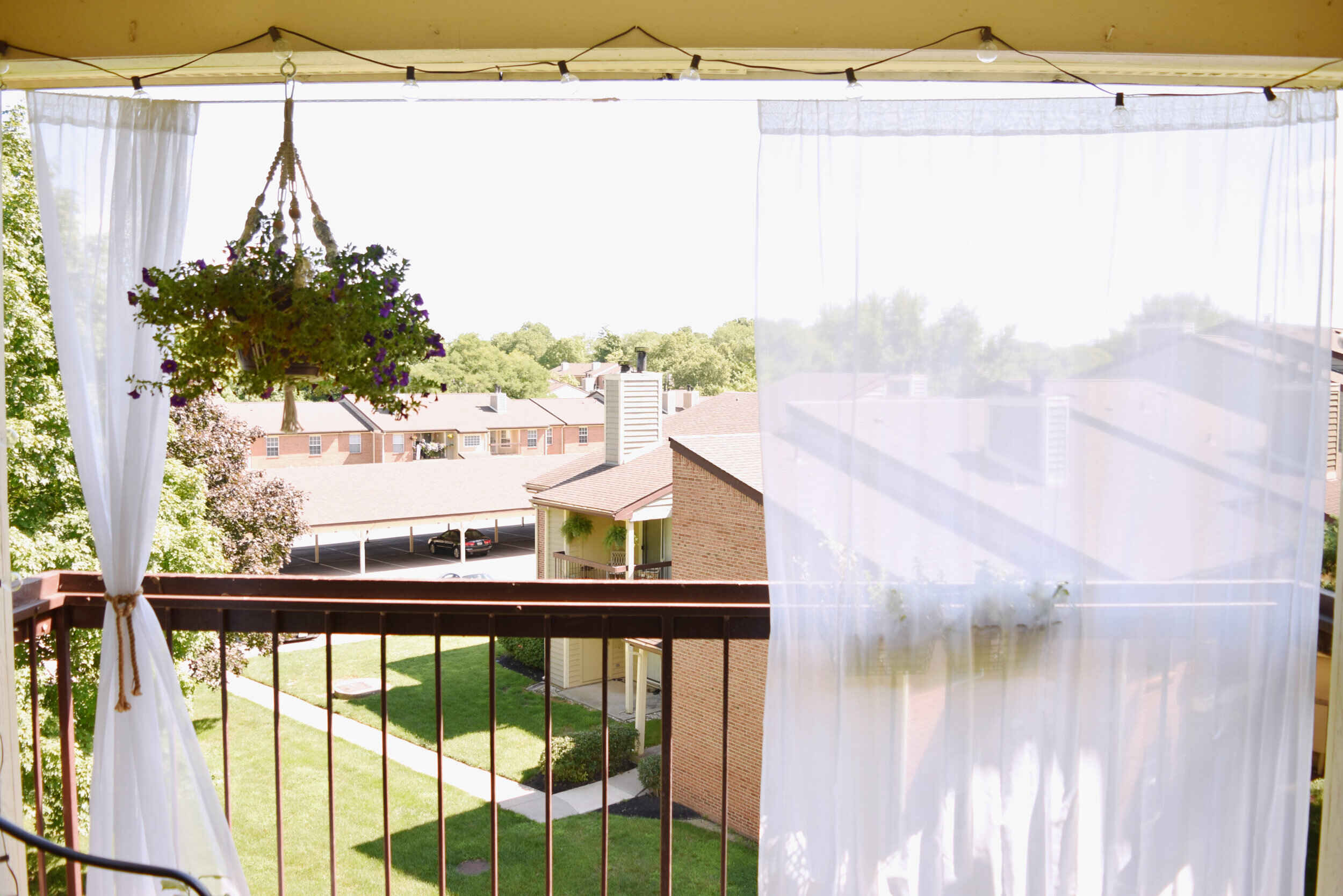


0 thoughts on “How To Soundproof A Balcony”